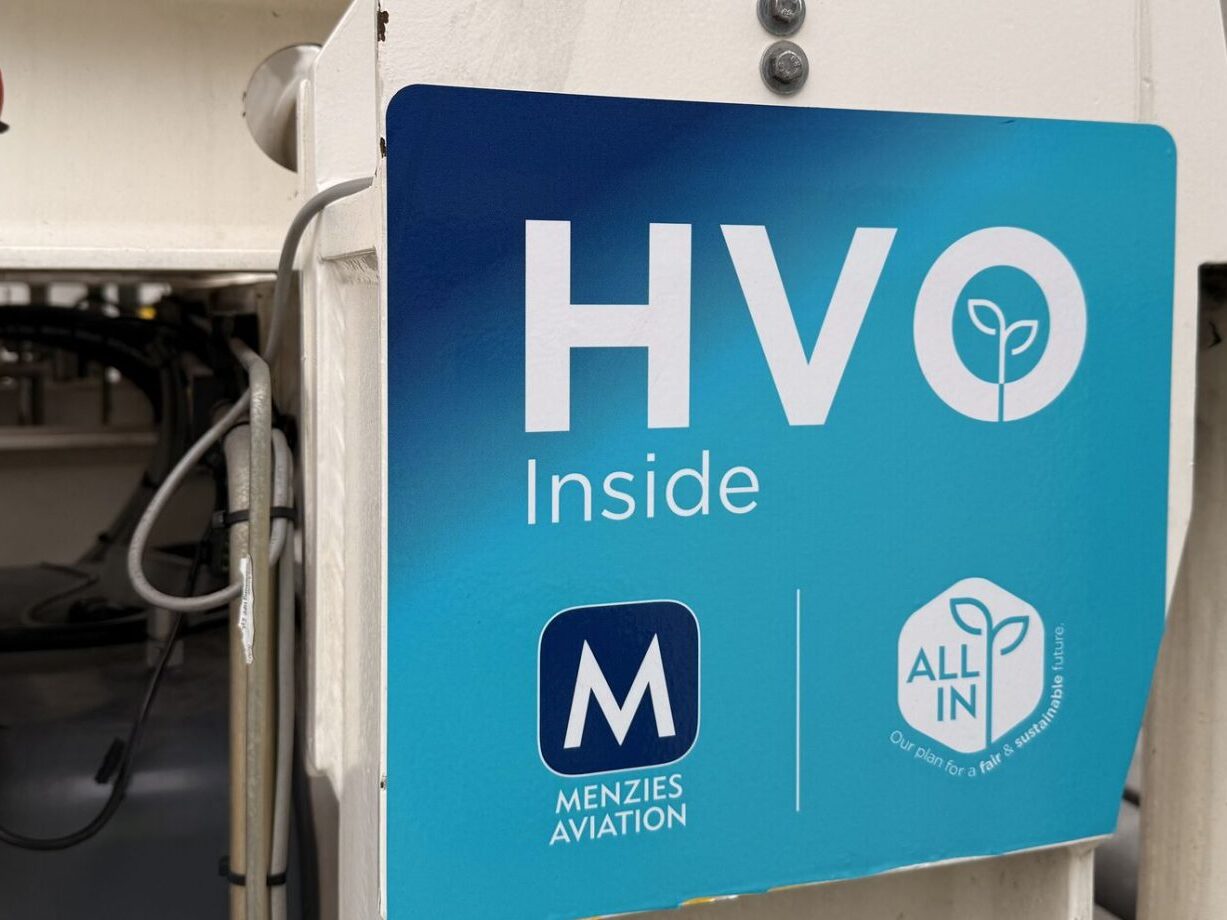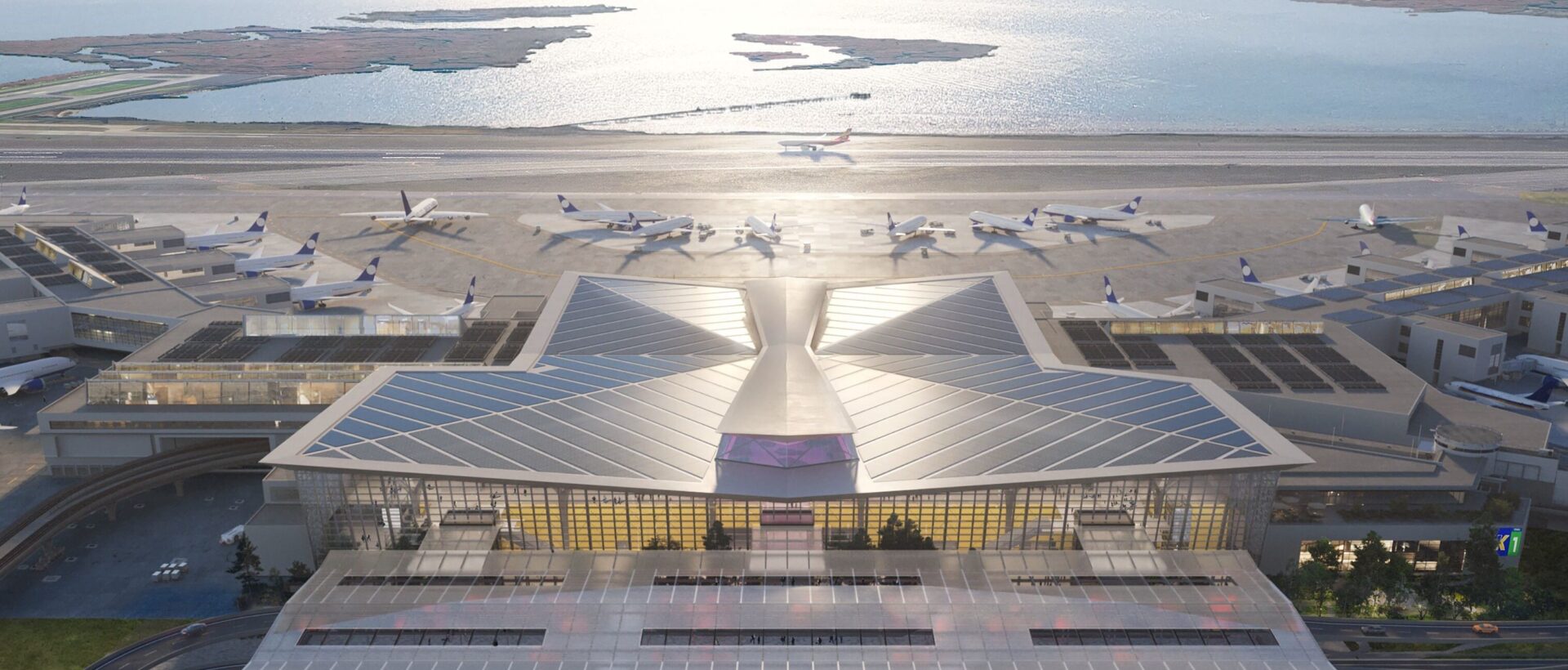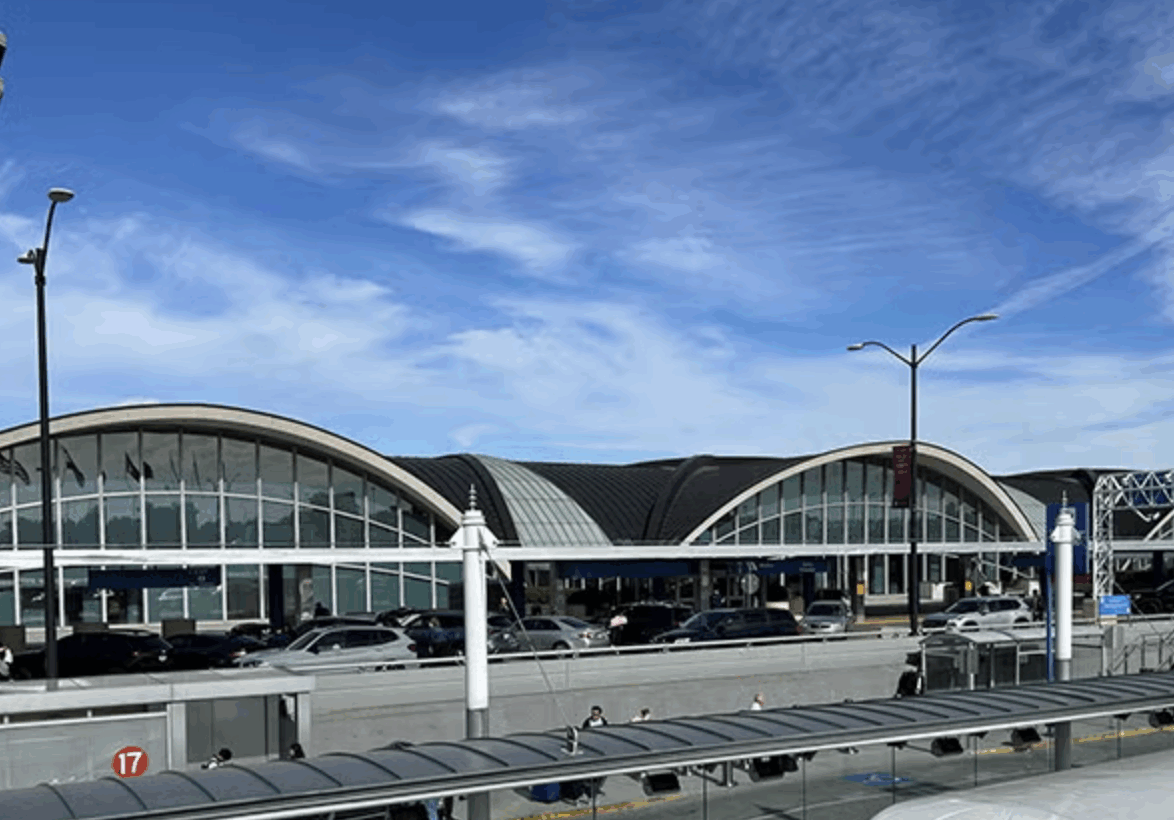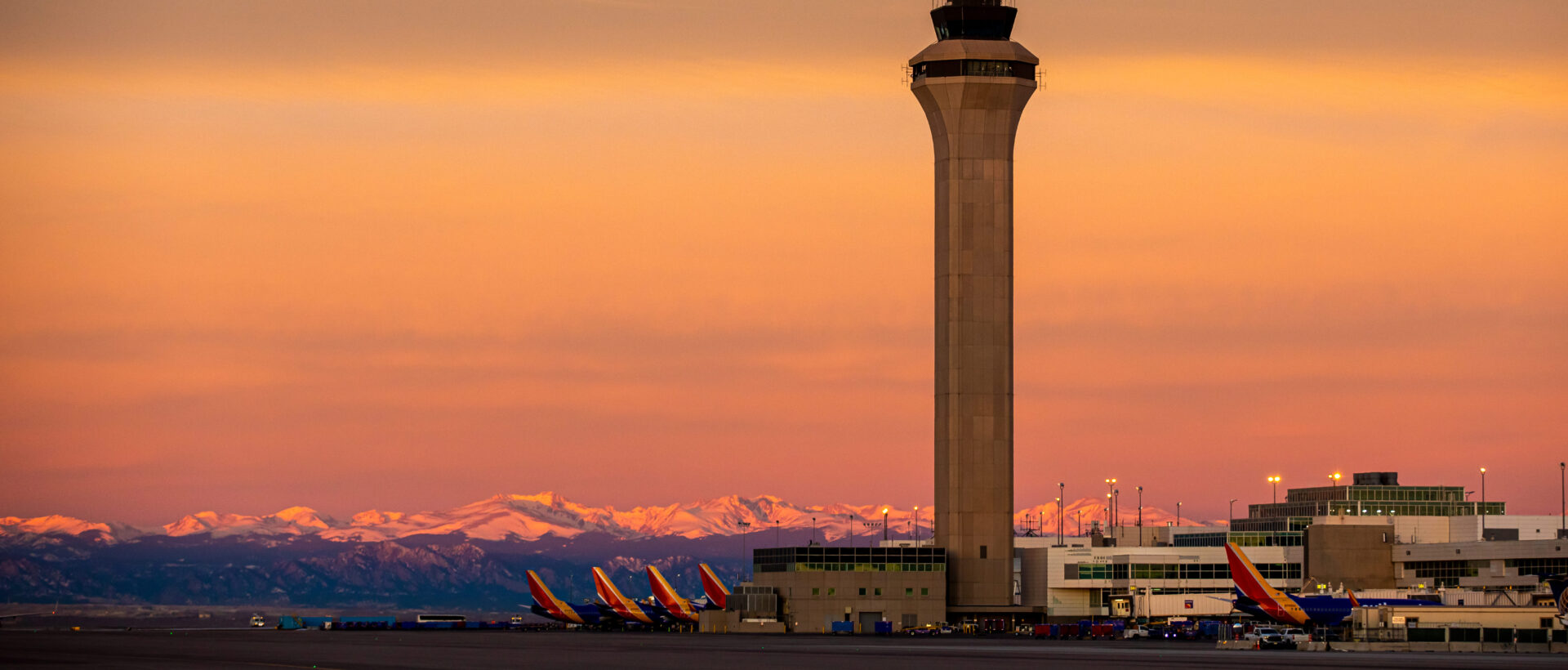U.S. Transportation Secretary Sean P. Duffy and Federal Aviation Administration (FAA) Administrator Bryan Bedford have announced that planned flight reductions will remain at six percent, following recent improvements in air traffic controller staffing. The decision comes after an assessment by the FAA’s safety team.
The FAA reported a rapid decline in staffing triggers, with eleven recorded on 11 November and four on 12 November, down from a peak of 81 triggers on 8 November. These figures indicate that further reductions in flight schedules are not immediately necessary to maintain safe operations. The agency will continue to monitor staffing levels and other key indicators to determine when normal flight operations can resume.
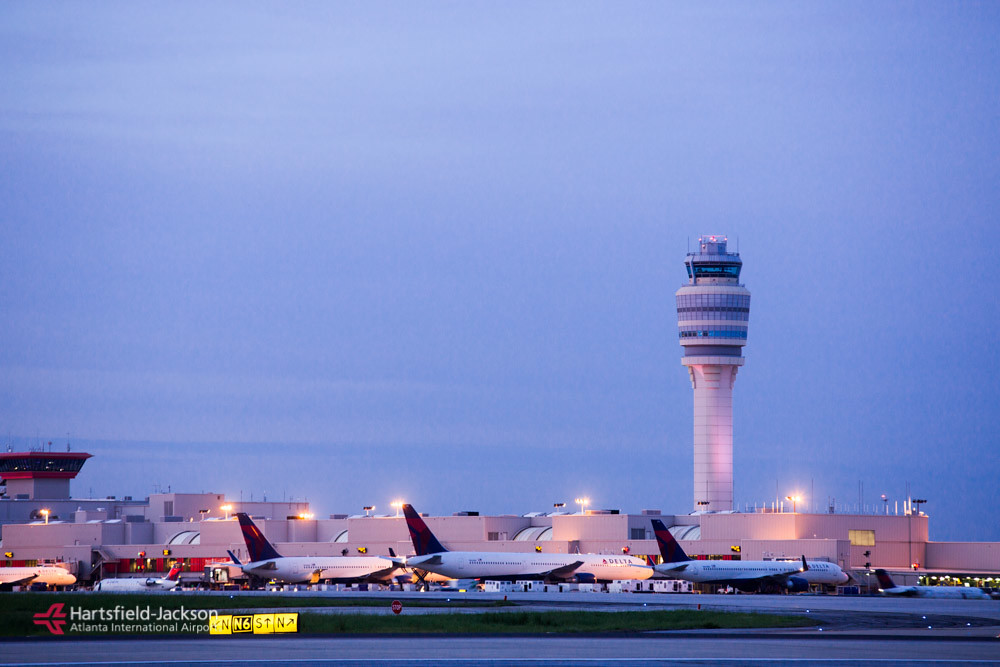
Secretary Duffy said:President Trump’s message has been heard loud and clear: controllers will be made whole quickly. The FAA safety team is encouraged to see our air traffic control staffing surge, and they feel comfortable with pausing the reduction schedule to give us time to review the airspace. The data is going to guide what we do because the safety of the American people comes first. If the FAA safety team determines the trend lines are moving in the right direction, we’ll put forward a path to resume normal operations.
Last week, the FAA ordered a phased reduction of flights across the US, leading up to a 10% cut in domestic flights.
The 40 high-impact airports affected by these restrictions remain unchanged. They include major hubs such as Hartsfield-Jackson Atlanta International Airport (ATL), Los Angeles International Airport (LAX), Chicago O’Hare International Airport (ORD), and New York John F. Kennedy International Airport (JFK), among others.
Federal Aviation Administrator Bryan Bedford said:Our top priority at the FAA is, and always will be, safety. The data shows that controller staffing is improving rapidly, which allows us to hold flight reductions at six percent while maintaining the highest levels of safety in our airspace. We’ll continue to monitor system performance hour by hour, and we won’t hesitate to make further adjustments if needed.
Since the start of the federal shutdown, controllers have been working without pay, contributing to earlier increases in staffing triggers and reports of operational strain. The FAA continues to track staffing and operational metrics to guide future adjustments to flight schedules.





